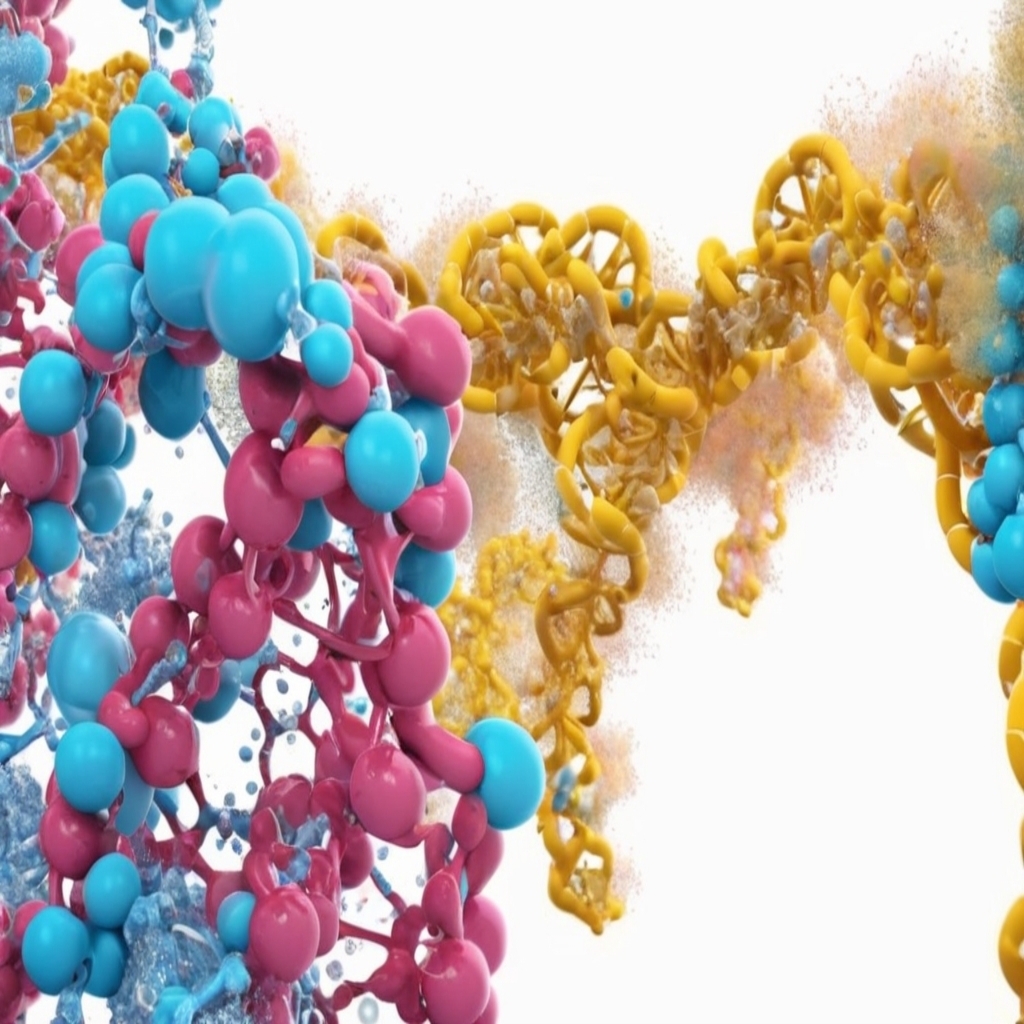In recent years, Artificial Intelligence (AI) has emerged as a powerful tool in unraveling the mysteries of protein structure. Proteins, the fundamental building blocks of life, play diverse roles in biological processes, such as enzyme catalysis, immune response, and hormonal regulation. The intricate 3D structures of proteins dictate their functions, and understanding these structures has long been a challenge for scientists. However, AI-driven advancements, particularly exemplified by AlphaFold and WSME, have revolutionized the field of structural biology.
The quest for protein structure
Proteins, at the core of life’s functioning, have always been subject to intense scientific scrutiny. However, their minuscule size poses a challenge to traditional microscopy techniques. Scientists have devised indirect methods to tackle this challenge, including X-ray crystallography, nuclear magnetic resonance spectroscopy, and cryoEM. These techniques involve bombarding proteins with electromagnetic waves or molecules and analyzing the resulting patterns to infer their 3D structures. Despite their efficacy, these methods are time-consuming, often taking months to years to solve the structure of a single protein, if solvable at all.
In 2018, the scientific community witnessed a game-changing development with the introduction of AlphaFold, an AI model designed to predict protein structures from their amino acid sequences. This groundbreaking innovation has proven to be remarkably accurate, boasting an astonishing success rate of 98.5% in solving human protein structures within a year. Unlike traditional methods, AlphaFold completes its predictions within minutes, marking a significant leap in structural biology.
AI in medicine and key application
The implications of understanding protein structures extend far beyond scientific curiosity. It is pivotal in drug development, where scientists aim to design compounds that interact with specific proteins in the human body, altering their functions to achieve desired therapeutic effects. For instance, the widely used pain reliever, ibuprofen, operates by binding to COX1 and COX2 proteins, thereby reducing the production of inflammatory prostaglandins. Knowledge of the COX protein structures was instrumental in creating a molecule that inhibits their effects, relieving pain and inflammation.
While AlphaFold focuses on inferring 3D structures from sequences, the WSME (Wako-Saitô-Muñoz-Eaton) AI model specializes in predicting the folding patterns of small proteins. This capability is particularly crucial in understanding and developing drugs for diseases rooted in improper protein folding, such as Alzheimer’s disease. An enhanced version of WSME, WSME-L(SS), can now predict folding for proteins of any size and account for disulfide bonds. These bonds, crucial in determining the 3D structures of extracellular proteins like antibodies, have added a new dimension to the predictive power of AI in structural biology.
AI: Shaping the future of structural biology
The advent of AI models like AlphaFold and WSME has significantly streamlined the process of deciphering protein structures. While they have not yet made structural biologists obsolete, their evolving technology promises groundbreaking advancements in synthetic biology.
In conclusion, the journey to uncover the intricacies of protein structure has been transformed by the advent of Artificial Intelligence. AlphaFold and WSME have emerged as potent tools in solving the 3D puzzles of proteins, accelerating our understanding of their functions and potential medical applications. As AI technology continues to evolve, it holds the promise of revolutionizing structural biology and contributing to innovative breakthroughs in science and medicine.
Land a High-Paying Web3 Job in 90 Days: The Ultimate Roadmap
